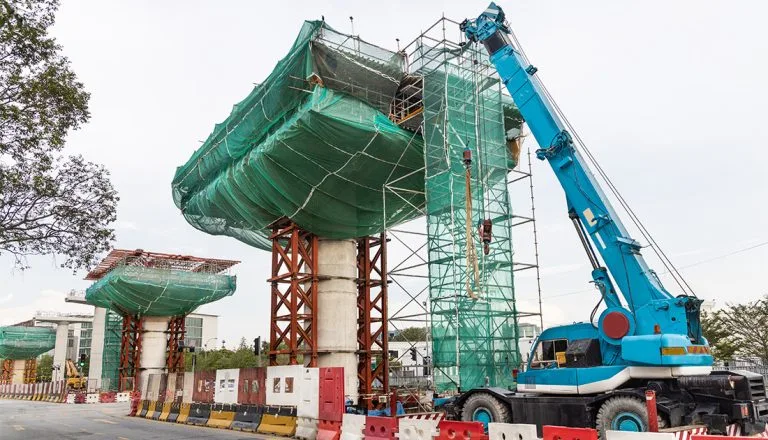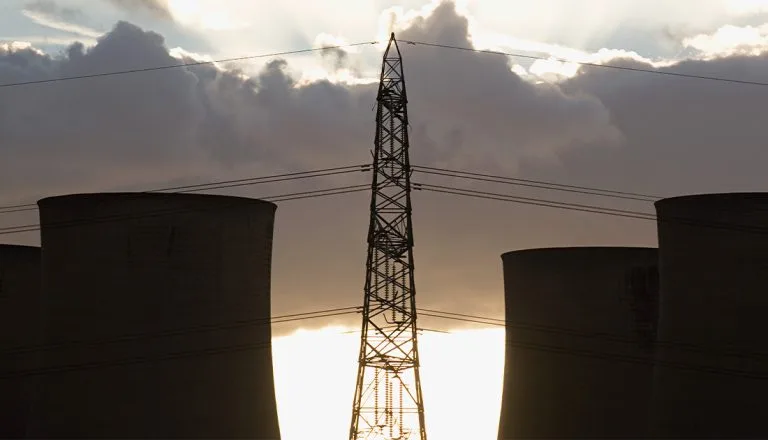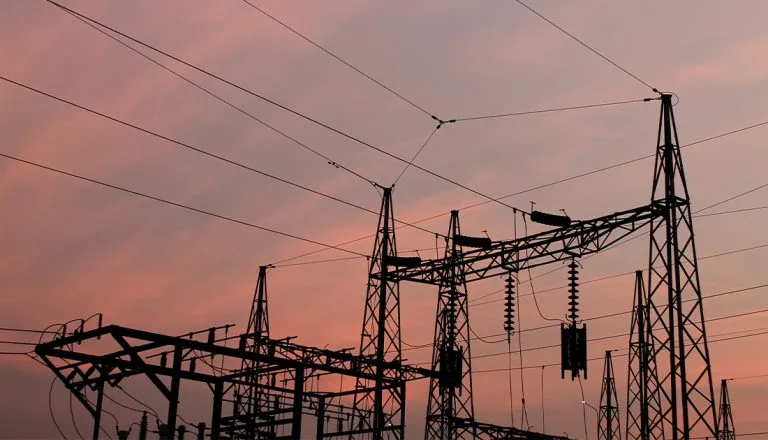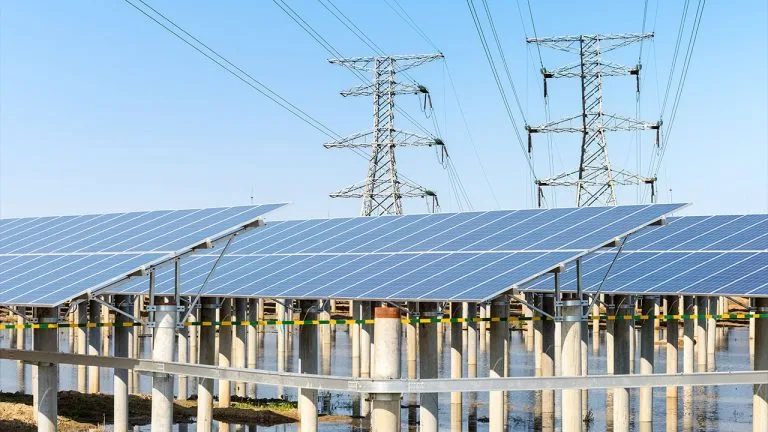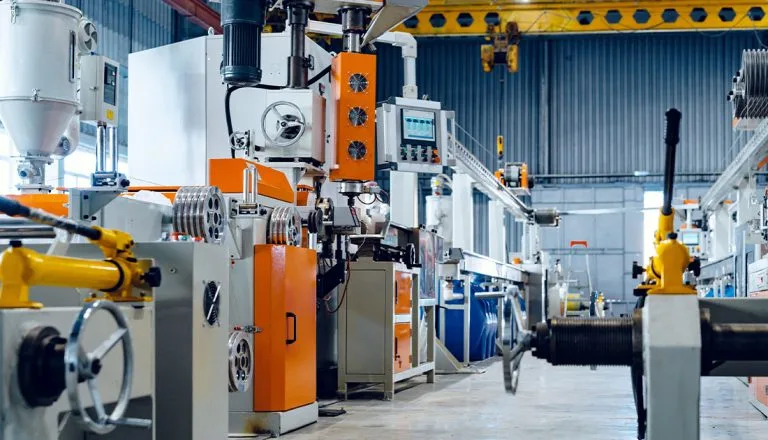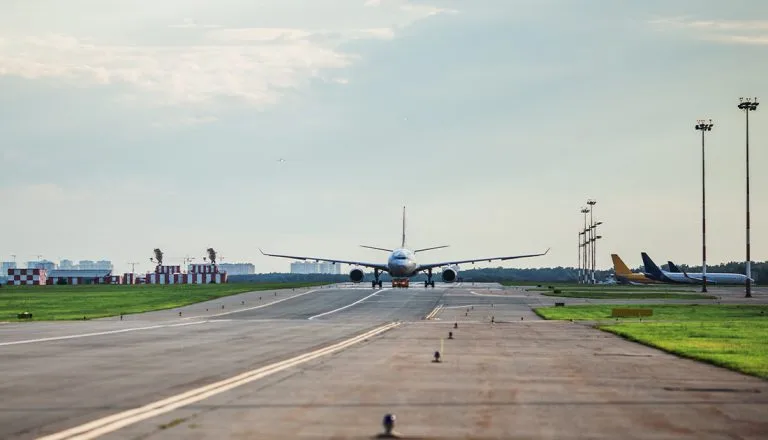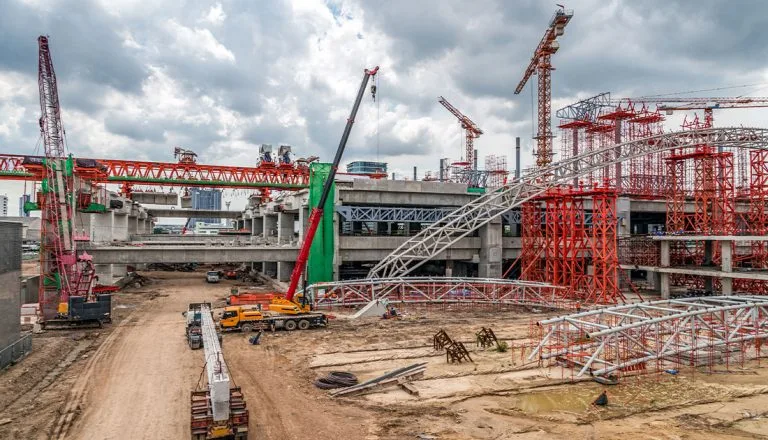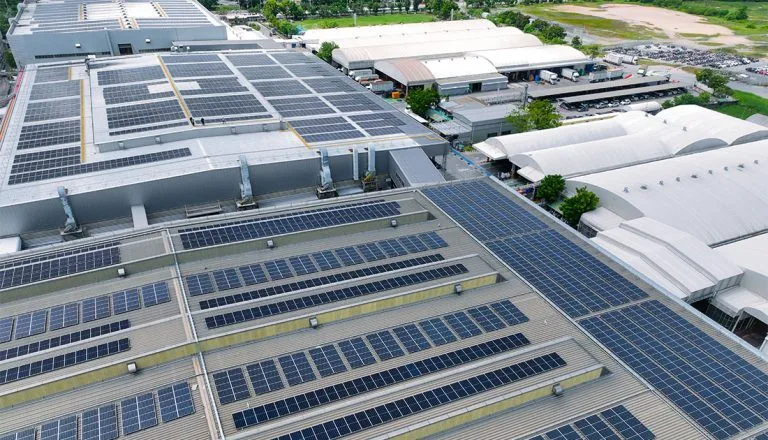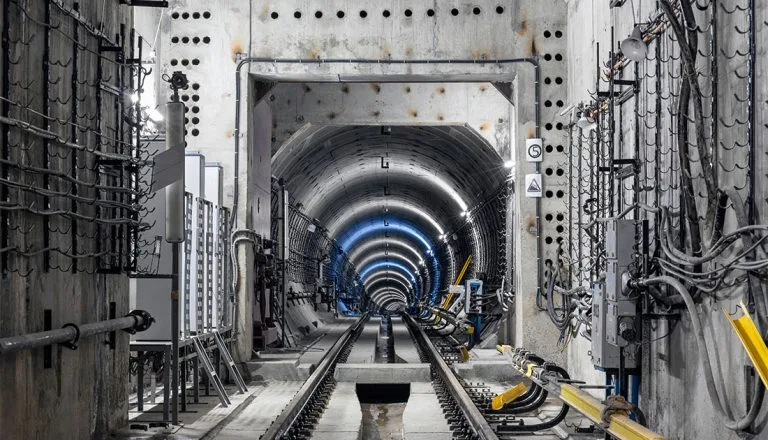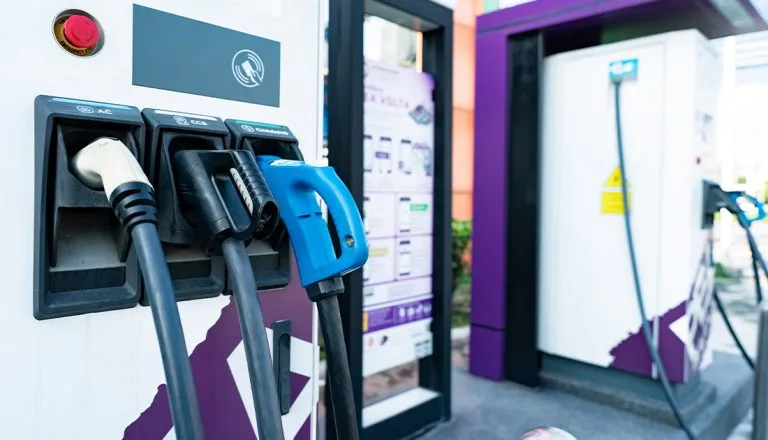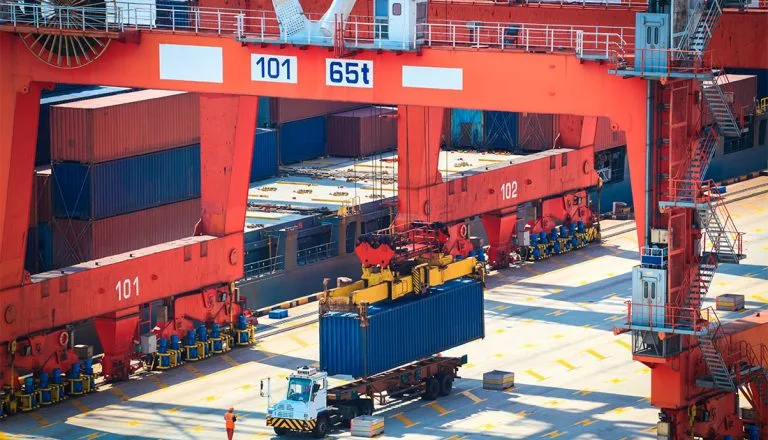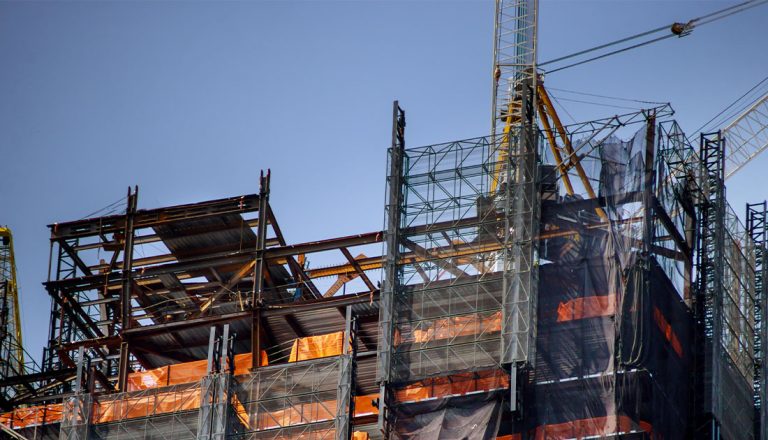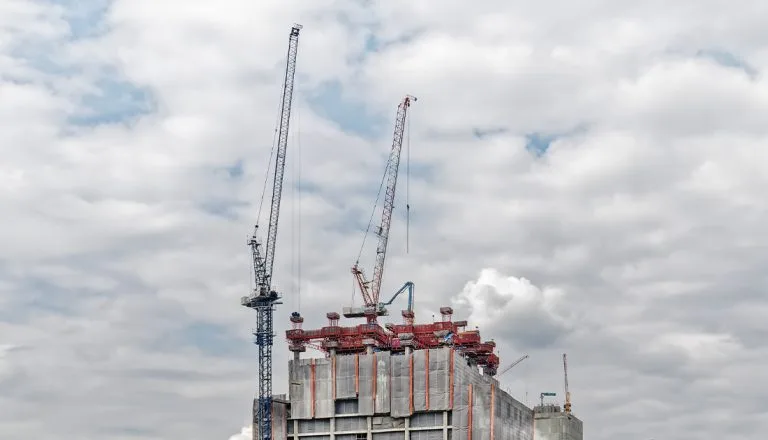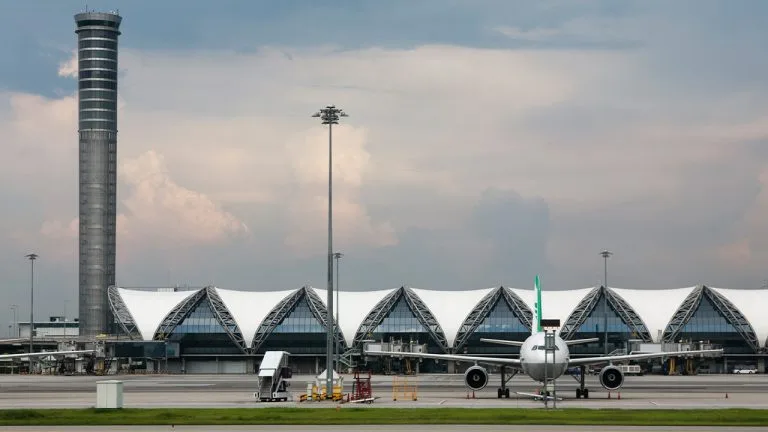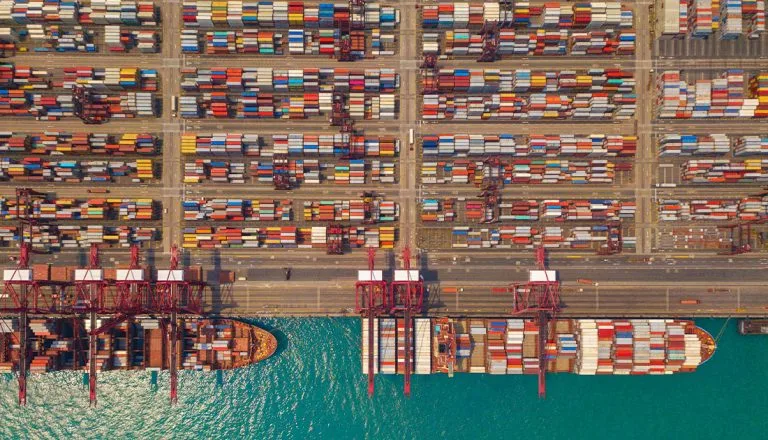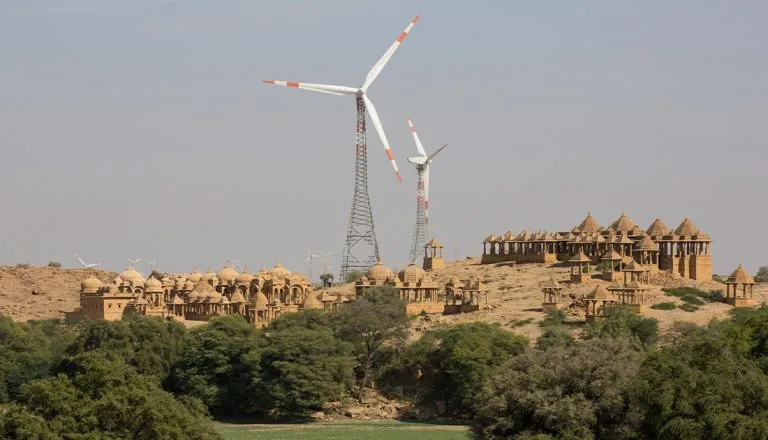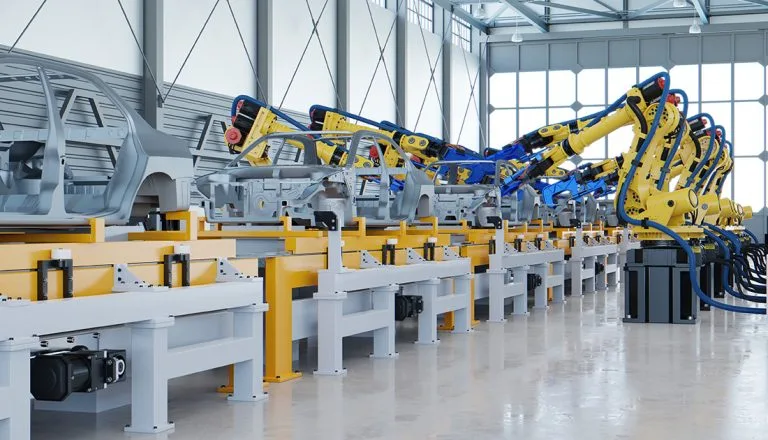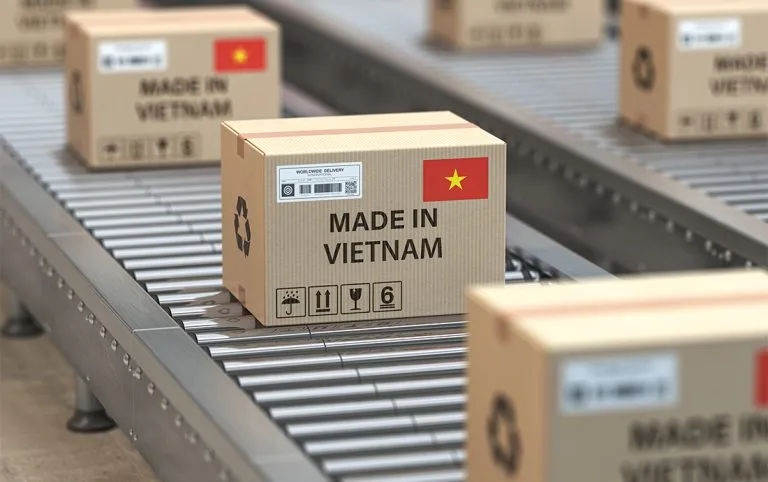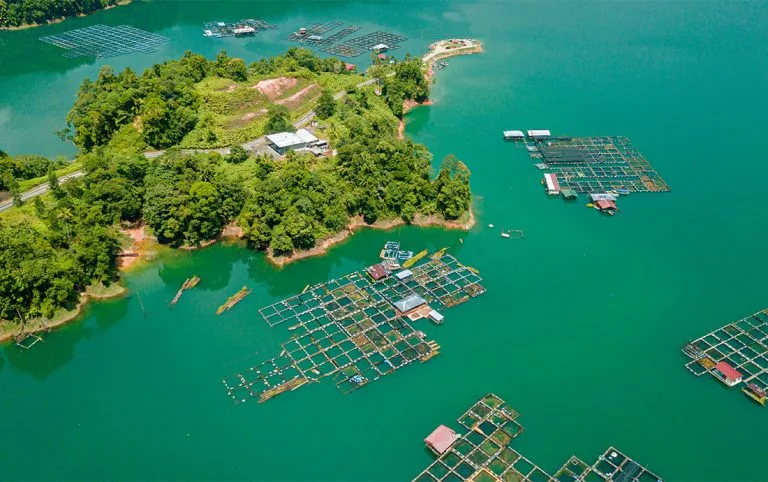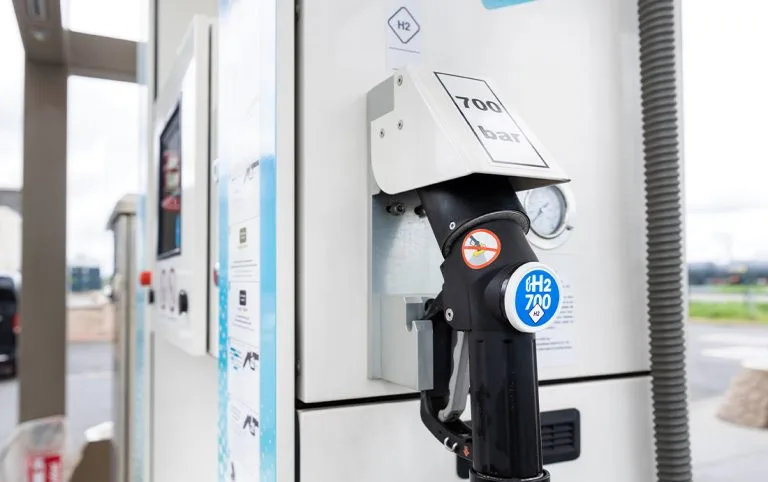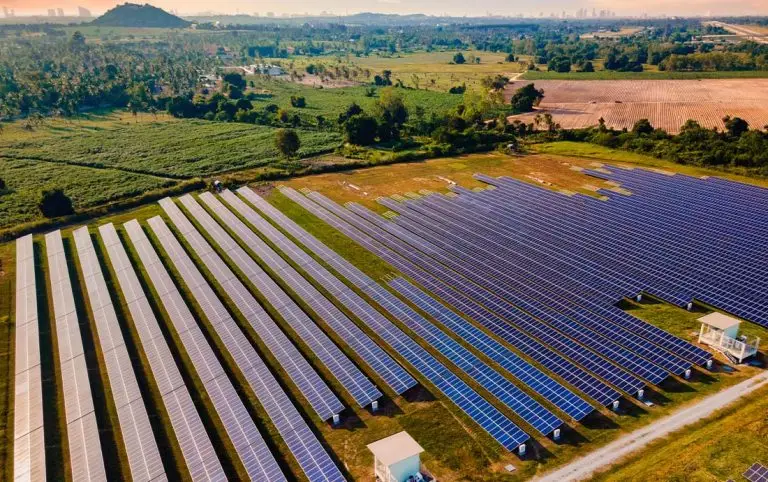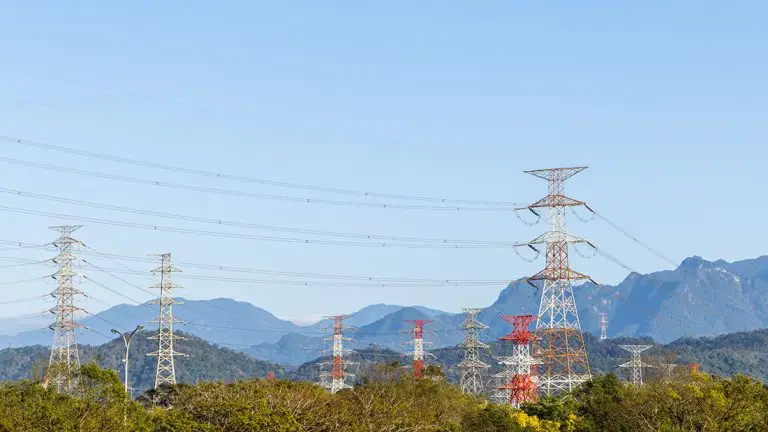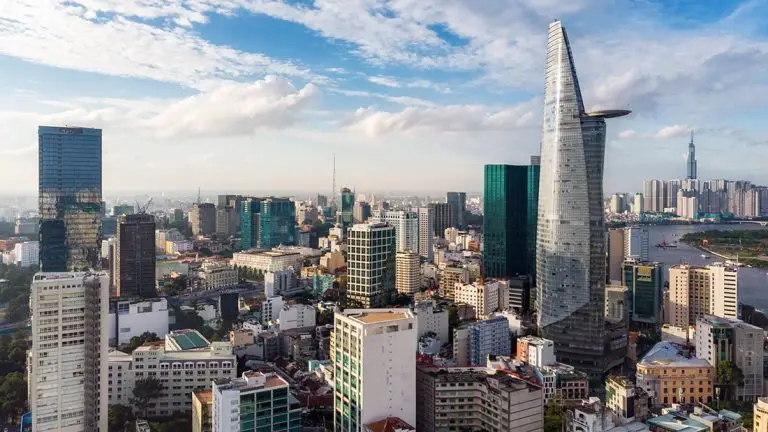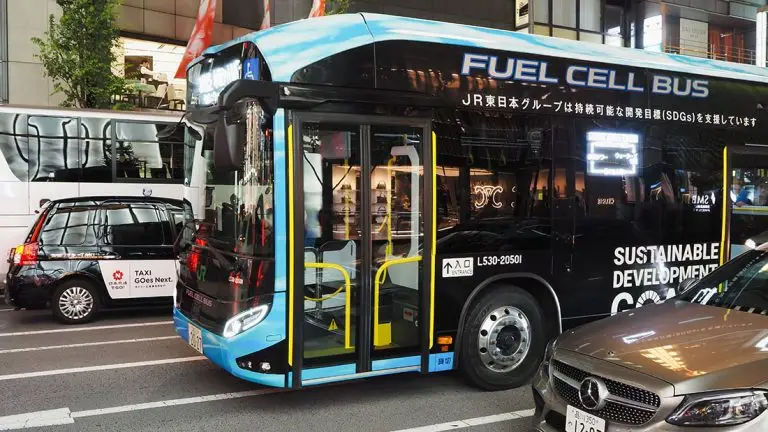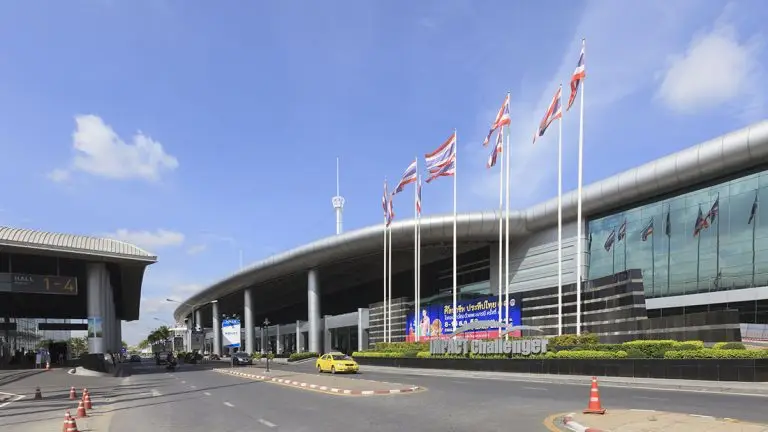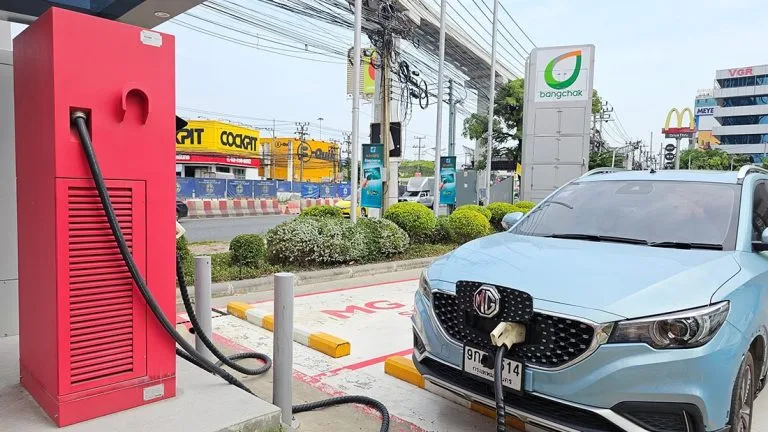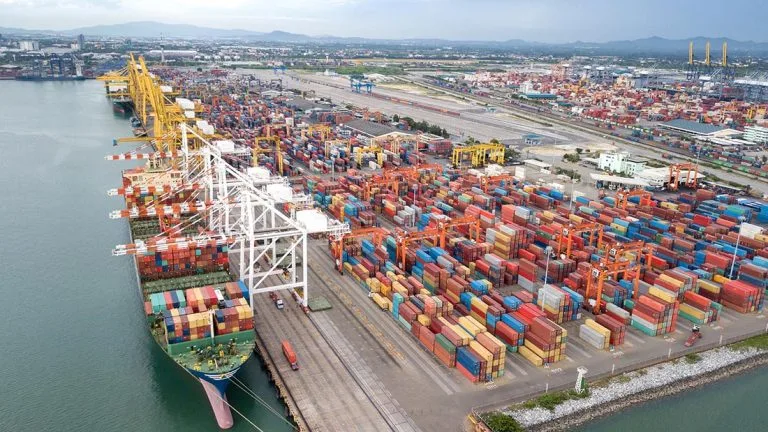- Labour shortages in the Asia construction industry have already led to backlogs and project delays in some countries
- Rising costs, even in markets with lower labour wages, are causing builders to rethink their approach
- Many nations are actively seeking innovations and knowledge from overseas to help overcome challenges
Labour shortages in countries across Asia have hindered construction efforts in recent times. Optimism around a potential sector turnaround earlier in the year has been tempered as global trade concerns are expected to see building costs rise. Innovation capable of solving these issues has become crucial to reducing growing backlogs. Asian Insiders Managing Partner Jari Hietala examines the situation and explains how foreign enterprises can get involved. For more insights, download our latest report, Asia’s Construction Industry 2025: Building for Tomorrow, by clicking here.
There is both a need and a desire for Asian countries to build. Infrastructure projects are necessary to unlock economic opportunities, solving housing shortages and developing in-demand facilities, such as data centres and modern logistics.
However, increasing costs and a worsening labour situation are already causing issues in some countries while looming over the horizon in others. Even in markets where labour was a commodity of high availability and low wages, rapidly changing dynamics mean new approaches are required.
For instance, specialised roles are harder to fill across the region. Growing competition means it is now more expensive to attract and retain talent. There has been a push to develop training and skills-building programmes, but it will be years before these yield results.
In the meantime, new technologies can reduce the impact this has currently and futureproof the sector in the coming years. Foreign organisations with innovations capable of solving existing issues are being sought. Those companies that have considered entering Asia or expanding existing operations may find now to be the ideal moment to make the move.
Where are labour shortages in Asia impacting construction?
Japan
Recently introduced overtime limits exacerbated Japan’s already pressing labour shortages in the construction sector. There is now more than USD100 billion worth of unfulfilled factory and commercial projects across the country. Building firms that previously avoided investments in digitisation now have no other choice but to explore solutions.
Singapore
Immigration policies and competition from major projects in the Middle East created issues for Singapore’s building sector. Skilled labour to fill specialised roles is the biggest concern. New rules reduced the number of foreign employees for each local employee a company can hire. These have prompted firms in Singapore to seek solutions before a backlog develops.
Taiwan
Taiwan has been unable to overcome a shrinking local talent pool over the past decade. Meanwhile, restrictions on migrant workers make it difficult to fill open positions. This has led to many major projects being delayed. The most notable of these was the MRT Wanda Line in Taipei which was pushed back due to a lack of labour.
Where are rising costs a concern?
India
The Indian construction sector is booming. The market value is predicted to surpass more than USD2 trillion by 2030, making it among the largest globally. However, the industry is mindful of rising costs that can potentially threaten growth. These rose by 11 percent in 2024 and could inch upward again this year.
Southeast Asia
Even with relatively low labour costs, a price hike in building materials has seen firms in Southeast Asia explore new ways to reduce expenditure. Unlike Japan, players in the region are comfortable using digitisation and other technologies. The determining factor here tends to revolve around the investment required as more expensive innovations may not make sense financially.
Needed solutions in the Asian construction sector
Finding ways to reduce costs and labour shortages has become paramount in the Asia construction sector. In some markets, there is a need for both. Others seek to tackle a very specific problem.
Whatever the case may be, the goal is to build while remaining profitable. While countries have made advancements in certain areas, importing technology, knowledge and transformative innovations remains a priority. Here are a few of the most in-demand segments.
Robotics
Construction robots are viewed as a way to solve both labour and cost challenges. In particular, robotics capable of automated wall panel installation and wall painting is becoming increasingly common. However, any robotics capable of handling labour-intensive tasks is of interest. Some countries, such as Singapore, have already begun using robotics.
Digitalisation
Construction industry digitalisation in certain Asian countries has been far slower than elsewhere globally. That has come at a cost. Several markets now face being left behind. Building Information Modelling (BIM) is gaining popularity, but there remain ample opportunities in the region for its adoption. A roadblock for utilisation in several markets is a skills gap. Companies must be able to not only provide tools but also training and education.
Artificial Intelligence
Many countries see Artificial Intelligence (AI) as a way to revolutionise operations, although its use in the Asian construction industry remains very much in the early stages. Opportunities here will be related to data-based decision making, including predictive analytics design tools that allow for cost optimisation.
Final thoughts
Overseas enterprises with construction innovations can find opportunities in Asia. The key is identifying the correct markets based on need, pricing, comfort level and a myriad of other considerations. Even proof of conception isn’t always enough.
A market entry specialist, such as Asian Insiders, takes the guesswork out of market entry or expansion. From in-depth research to ensure suitability to partner matching and sales channel development, we can guide you through the entire process.
Rising costs and labour shortages in the Asia construction sector have led to a surge in demand for digitisation, AI and robotics. Foreign companies willing to act now can capitalise on the unique opportunity this presents.
For additional information on the Asian construction industry, download our latest report,
Asia’s Construction Industry 2025: Building for Tomorrow, by clicking here.
To learn more about available opportunities, schedule a no-obligation call with Jari Hietala, Managing Partner: jari.Hietala (at)asianinsiders.com


